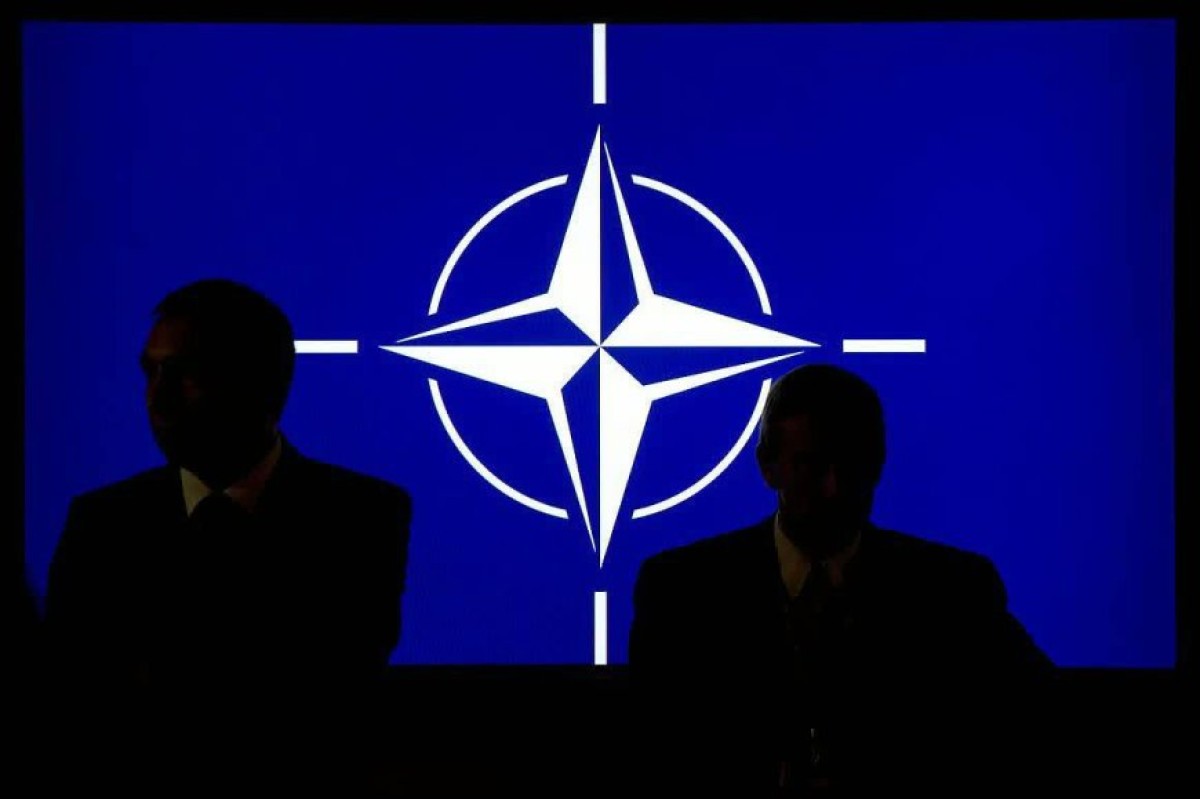 173
173
By: A. Mahdavi
In the wake of the 2014 annexation of Crimea by Russia, NATO found itself dealing with geopolitical uncertainties surrounding its eastward frontiers. However, the developments that had transpired up until that point had encouraged the alliance to push forward with its expansionist agenda. NATO has touted the bolstering of democracy in Eastern European nations and the promotion of economic stability and peace! as its crowning achievements. The organisation has positioned itself as a saviour of the European continent, working to minimise the lingering legacy of the Soviet Union. NATO has employed a strategic approach aimed at luring Russia to join its ranks, but in fact, its ultimate goal is to contain Russia. By closing off Russia's vital space, this coalition hoped to neutralise any potential danger that might arise from Moscow.
NATO's expansionist strategy, which was primarily focused on political and economic aspects, has always been a provocative issue for Russia. On the other hand, Moscow has made significant strides in restoring its economy after the collapse of the Soviet Union and is now acutely aware of the potential threat posed by NATO's decisions. As such, Russia has expressed its strong opposition to NATO's expansionist agenda. As we analyse the intricacies of international relations, it becomes clear that the driving force behind NATO is rooted in geopolitics and the concept of vital space. The role of geography cannot be understated in this regard, as it serves as an indispensable factor in shaping these strategies. The Russians' initial move was to annex Crimea, a strategically important peninsula that serves as a crucial link between Russia and the Black Sea's warm waters.
In a move that can be seen as a direct response to what Russian President Vladimir Putin has deemed NATO's deceitful actions, Russia has taken a particular course of action. Following this development, NATO began to seriously consider the prospect of expanding towards the east and adopted a more aggressive stance in its efforts to constrain Russia. The lack of proper comprehension of the two parties' strategic perspectives was arguably the most crucial element that led to the conflict in Ukraine and the subsequent displacement of millions of civilians worldwide.
The expansion of NATO, despite the onset of the Ukraine conflict, has persisted. The recent inclusion of Finland in the alliance has resulted in a near encirclement of Russia, thereby diminishing the Russians' crucial breathing room. The question of whether Russia has succumbed to the strategic manoeuvres of NATO and the United States is a complex issue that defies a straightforward answer. However, the outcome has resulted in an increase in NATO members, and it appears that the United States has been able to regain some of the trust it had lost among Europeans. NATO's dependence on the United States could potentially be its main vulnerability, prompting Europe to consider alternative measures. One possible solution could be to boost Germany's military budget or fortify military strategies in other European nations as a response to the conflict between Russia and Ukraine.
The expansion of NATO has significant implications for the European continent, particularly in terms of rising inflation. This multifaceted problem has the potential to impact the sociopolitical landscape of Europe, potentially fueling a shift towards extreme right-wing ideologies and efforts to oppose military deployment and financial aid to Ukraine. The allocation of financial assistance to Ukraine by certain countries can possibly destabilise the European Union, particularly in the wake of Brexit. The current state of affairs in Europe, including the turmoil along its eastern borders and the widespread civil unrest that has manifested in recent elections, which reinforced far-right factions, presents a formidable challenge to the future of NATO member nations' relations with one another.
The NATO alliance's 2030 plan is geared towards a comprehensive outlook, emphasizing the significance of NATO's contribution to tackling global challenges, including climate change and other pressing issues on a global scale. What we are seeing here is a clear indication that the alliance is making a concerted effort to broaden its reach and wield more influence. According to NATO's 2030 plan of action, achieving this objective hinges on the preservation of Western supremacy in technology, the military, and political solidarity among member states.
Furthermore, many conflicts among NATO countries must be settled to steer clear of discriminatory perspectives. Meanwhile, it seems that the organisation may have overlooked the catastrophic repercussions of disregarding the economic and social conditions of its member states, particularly for countries with weaker economies. For NATO, the challenge is great, and it is possible that its members may abandon all other issues in favour of military efforts. NATO's 2030 strategy serves as a reminder of Truman's famous statement that "NATO and the Marshall Plan are two sides of the same coin." That coin now only has one side remaining.
Comment
Post a comment for this article